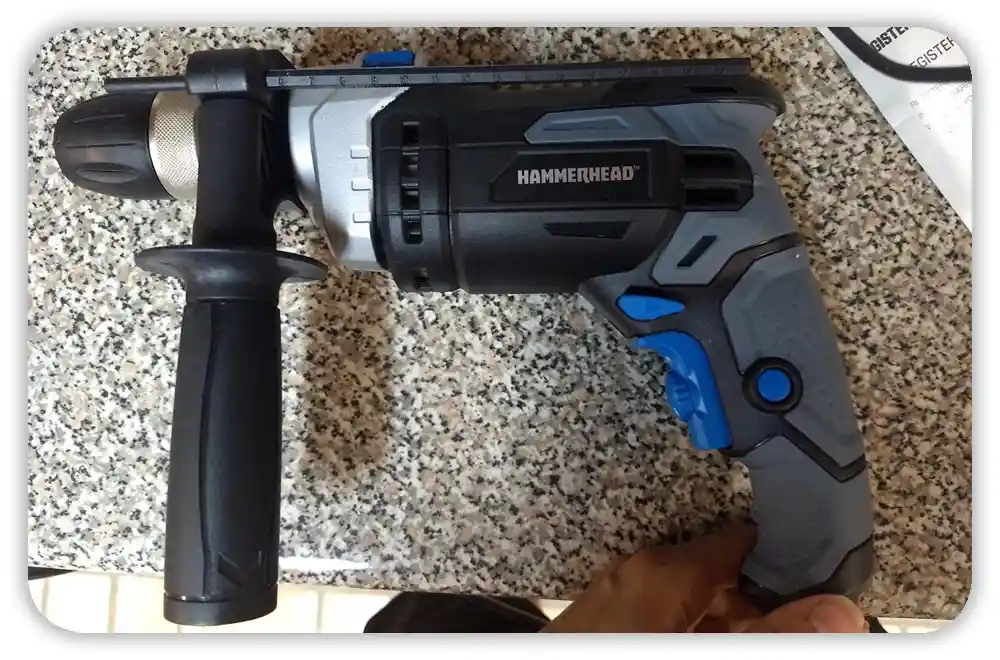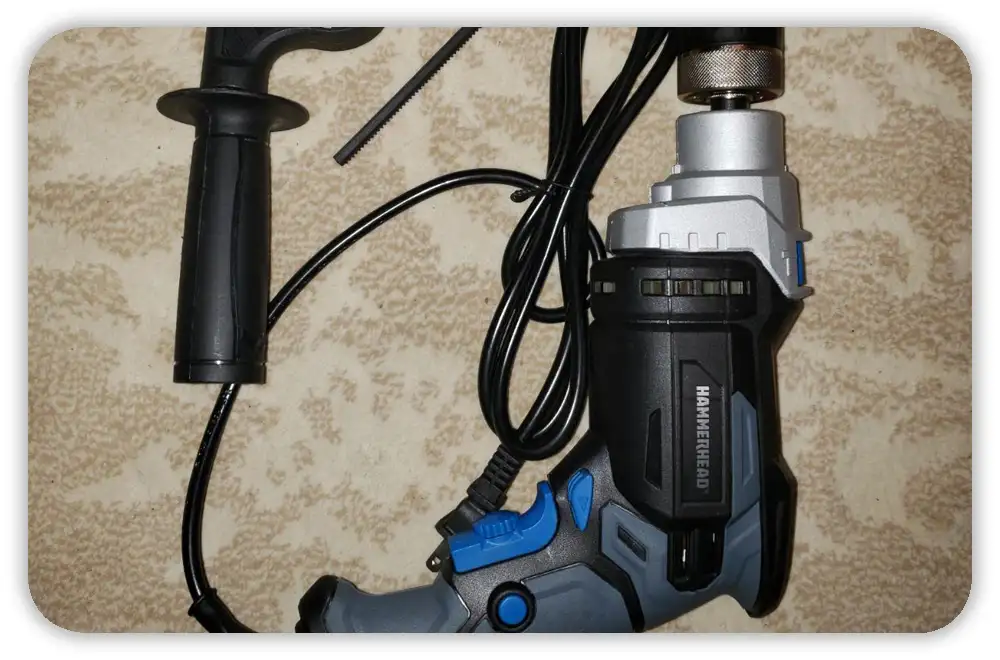Last Saturday, while fixing a fence post, my old Bosch hammer drill started making a weird, rattly noise. It still worked, but I could feel it losing punch with every hole.
At first, I thought the drill bit was dull. But after checking, I realized it was dry inside. No grease. That’s when I learned how much a simple grease job can fix.
If you use your drill often, greasing it matters. It keeps parts cool and smooth. It also saves you from big repairs later.
Table of Contents
Why Grease Makes a Big Difference
A hammer drill has moving metal parts. These parts spin and hit fast. Without grease, they grind together. That makes heat, noise, and wear.

Before I added grease, the drill sounded awful — kind of a dry screech, like metal rubbing on metal. After five minutes, it got so hot I had to put it down.
After adding grease, it felt brand new again. The hammer came back strong, and the noise dropped.
Different Drills, Different Grease Points
Not all drills are built the same. I’ve used both SDS rotary hammers and standard hammer drills.
Here’s what I’ve learned:
- SDS drills (like Bosch or Hilti) need grease in the piston and gearbox.
- Standard hammer drills (like DeWalt or Ryobi) just need the chuck and gearbox cleaned and greased.
- Cordless models need lighter grease since they run cooler.
In the U.S., many of us drill concrete or brick. If that’s you, keep both the bit shank and gearbox greased. It helps the hammering stay strong even in dry or dusty air.
Picking the Right Grease
I made the mistake of using regular car grease once because that’s all I had in the garage. Big mistake — the drill sounded like it was choking and barely turned.

Now I stick to these:
- Bosch SDS grease or Makita hammer grease – clean and smooth.
- High-temp lithium grease – great for summer garages.
- Synthetic grease – gentle on rubber seals.
Avoid WD-40 or heavy auto grease. They either burn off or clog the gears.
How I Grease My Hammer Drill (Simple Steps)
When I greased my Metabo drill, I followed this short process. It took 15 minutes and made a big difference.
What I Used
- Screwdriver
- Rag
- Brush
- Small tube of grease
- Gloves
Step-by-Step
- Unplug it. Or remove the battery.
- Clean it. Wipe off dust and grit.
- Open the gearbox. Some drills have a grease cap.
- Add a little grease. About one tablespoon is enough.
- Spread it evenly. Use a brush or your finger.
- Close it up. Then run it for 20 seconds.
That’s it. My drill ran smoother right away. It didn’t get hot. The hammer sound came back sharp and strong.
Simple Habits That Keep It Running
Greasing once is good. But doing it often is better.

These days, I just make it part of my routine — after a couple of big jobs, I’ll open the gearbox, check the grease, and wipe things down. I keep a small tube in the bottom of my toolbox next to the bits.
Humidity here in the Midwest can rust tools fast. Grease helps stop that.
And if you work under OSHA rules, always unplug tools before opening them. Gloves help too.
What I’ve Noticed About Different Brands
Each brand acts a little different when it comes to grease.
Here’s my take:
- DeWalt: Easy to grease, smooth gearbox.
- Milwaukee: Runs hot — grease it often.
- Bosch: Best factory grease in my opinion.
- Metabo: Strong, but harder to open.
- Makita: Very steady; their grease is perfect for most jobs.
They all last longer if you keep them greased.
Final Thoughts
Greasing your hammer drill is simple but powerful. You don’t need a repair shop. You just need 15 minutes, a small brush, and the right grease.
Ever since I started greasing it, that old drill feels like it downed an energy drink — no heat, no squeal, just pure speed. It chewed through my patio, half the garage wall, and nearly kept going into next Tuesday.
FAQs – How to Grease a Hammer Drill
How often should I grease my hammer drill?
Grease your hammer drill every 6 months or after about 50 hours of use. If you drill often in concrete or dusty areas, check it more often to keep it smooth.
What type of grease should I use for a hammer drill?
Use high-temp lithium or synthetic hammer grease. Brands like Bosch, Makita, or DeWalt sell safe options that protect gears and seals from heat and wear.
Can I use regular car grease on my hammer drill?
No. Car grease is too thick and can slow the drill. Use OEM hammer grease made for power tools. It stays smooth and won’t harm seals or gears.
What happens if I don’t grease my hammer drill?
Without grease, metal parts rub and heat up fast. This can cause noise, weak hammering, or motor failure. A small bit of grease prevents costly damage.
Where should I apply grease on my hammer drill?
Grease the gearbox, piston area, and bit shank (for SDS models). Always unplug the drill first and use only a thin layer — too much can cause pressure.

